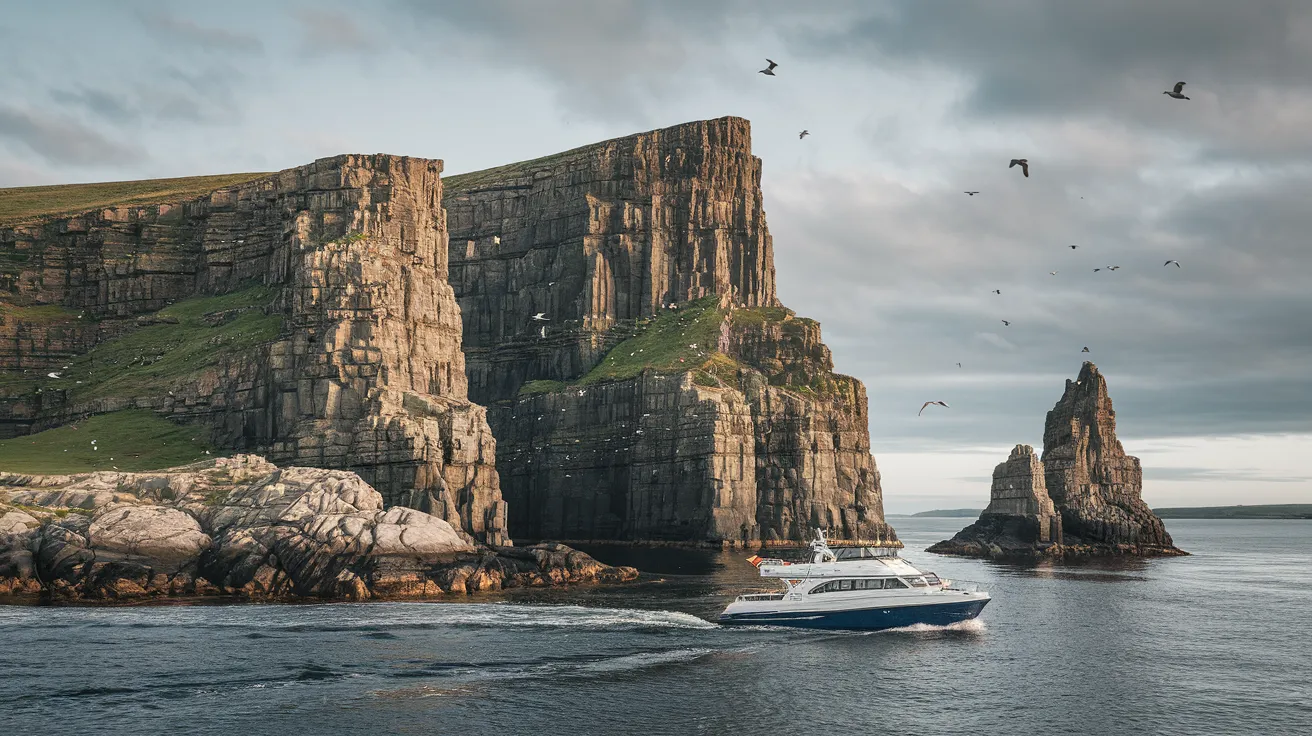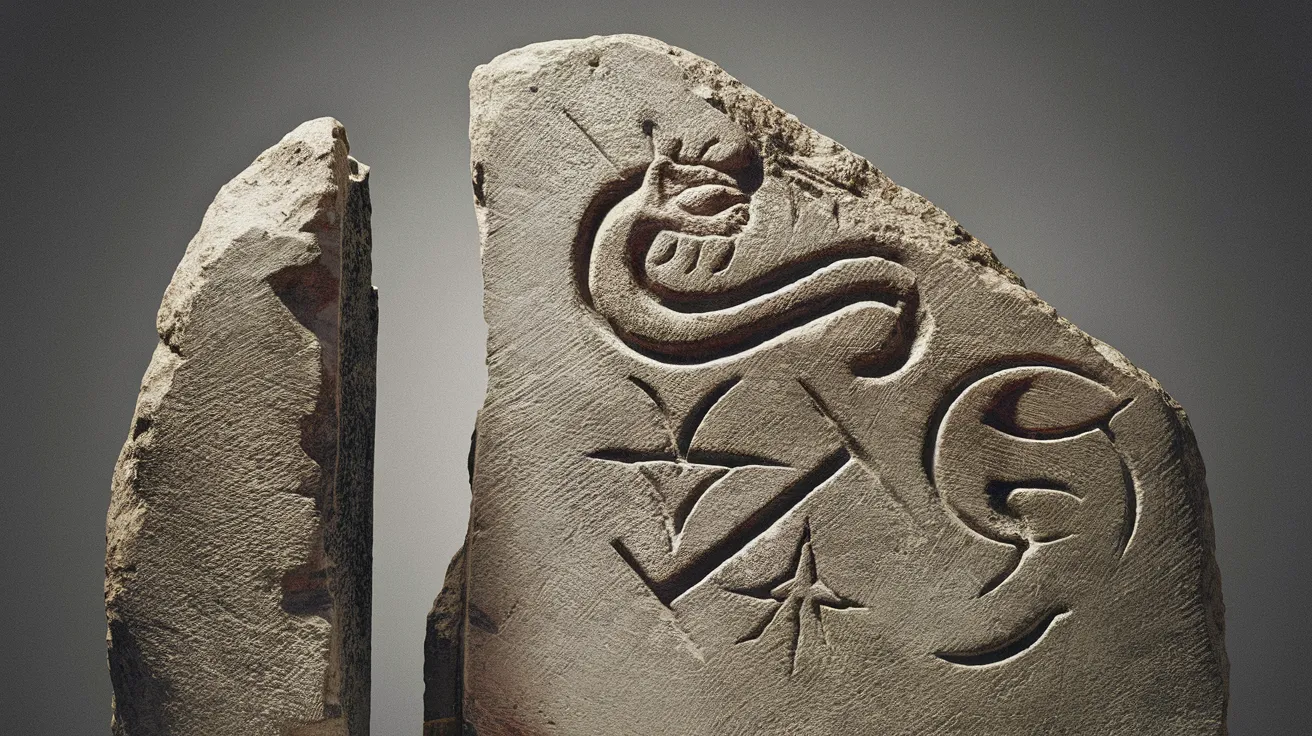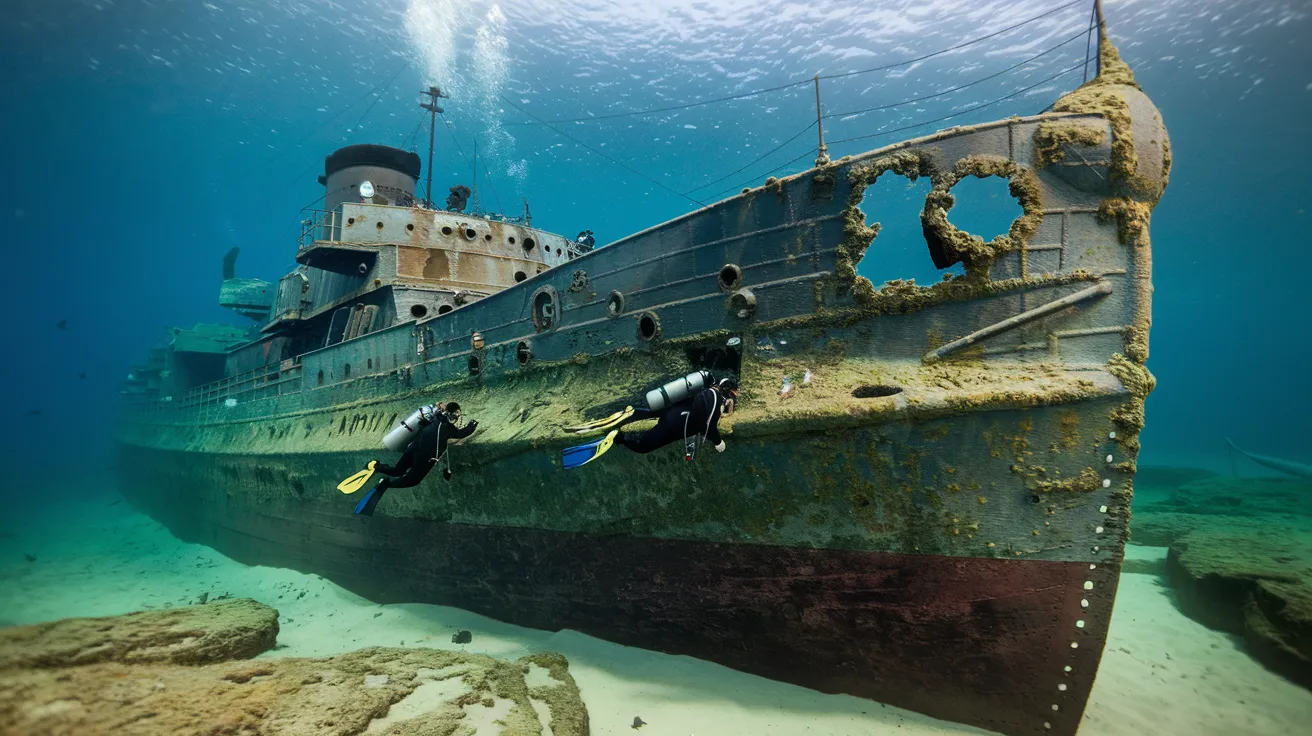Quick Navigation
- George Mackay Brown (1921-1996): The Bard of Hamnavoe
- Edwin Muir (1887-1959): Eden, Exile, and Eternity
- Eric Linklater (1899-1974): Saga, Satire, and Selkies
- Orkney's Enduring Literary Landscape
- Literary Landmarks and Resources
- Frequently Asked Questions
- Who is Orkney's most famous writer?
- Where can I find George Mackay Brown's books in Orkney?
- Is there a literary festival in Orkney?
- Did Edwin Muir live his whole life in Orkney?
- Are there specific places from the books I can visit?
Orkney isn't just a landscape of dramatic cliffs and ancient stones; it's a landscape steeped in story. For centuries, the islands' unique blend of Norse and Scottish heritage, their profound connection to the sea, and their relative isolation have nurtured a rich and distinctive literary tradition. From the myth-infused poetry of George Mackay Brown to the existential reflections of Edwin Muir and the adventurous sagas of Eric Linklater, Orkney's writers have drawn deep inspiration from their homeland, creating works that resonate far beyond these northern shores. Join us as we explore the key figures, places, and themes that define Orkney's compelling literary heritage.
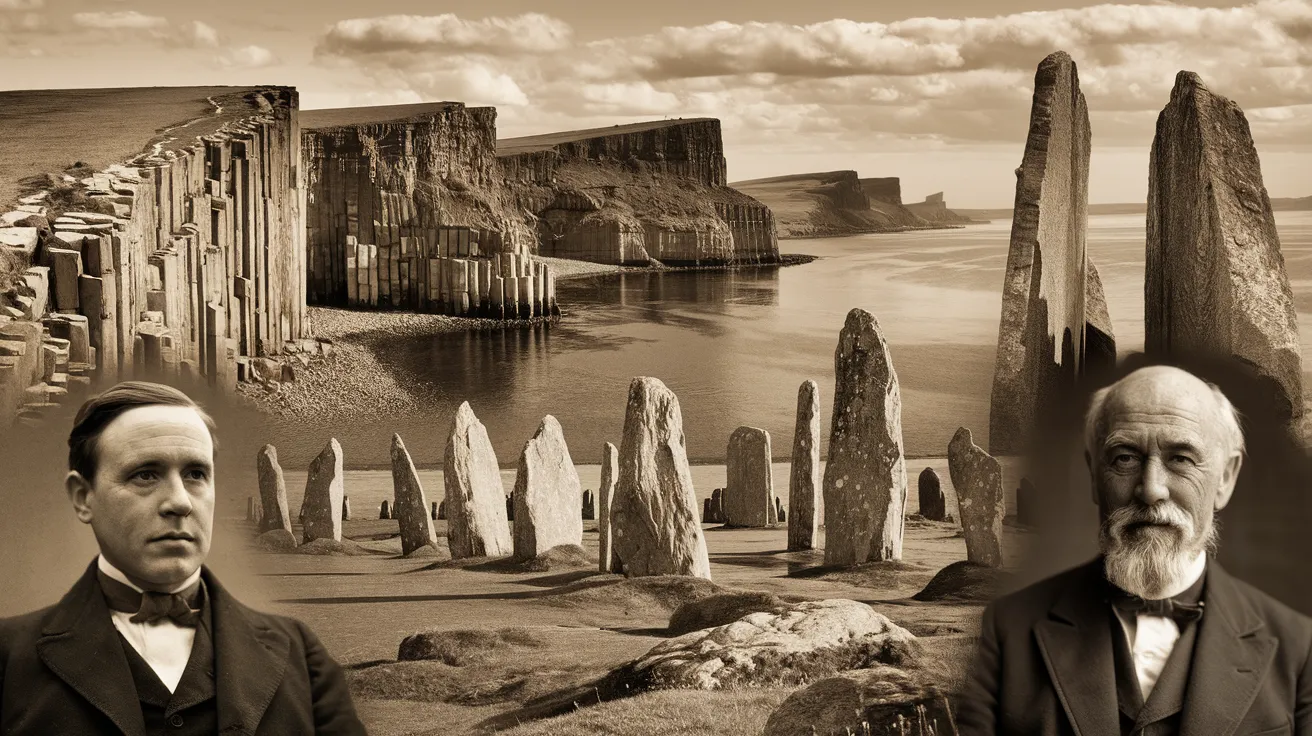
George Mackay Brown (1921-1996): The Bard of Hamnavoe
No writer is more synonymous with Orkney than George Mackay Brown (GMB). Born and raised in the harbour town of Stromness – the 'Hamnavoe' of his poems and stories – Brown rarely left the islands, finding endless inspiration in the daily lives, history, and folklore of his community. His writing is characterized by a lyrical, almost sacramental quality, particularly after his conversion to Catholicism, viewing the cycles of life, fishing, and farming through a lens of timeless ritual and myth.
His seminal novel, Greenvoe (1972), paints a vivid portrait of a fictional Orkney fishing village facing destruction by a secretive military project called 'Operation Black Star,' exploring themes of tradition versus modernity, community resilience, and the sacredness of place. His Booker Prize-shortlisted novel, Beside the Ocean of Time (1994), further interweaves Orkney's deep past – Neolithic farmers, Viking settlers – with the experiences of a 20th-century island boy, suggesting that history is not linear but cyclical, constantly echoing in the present landscape.
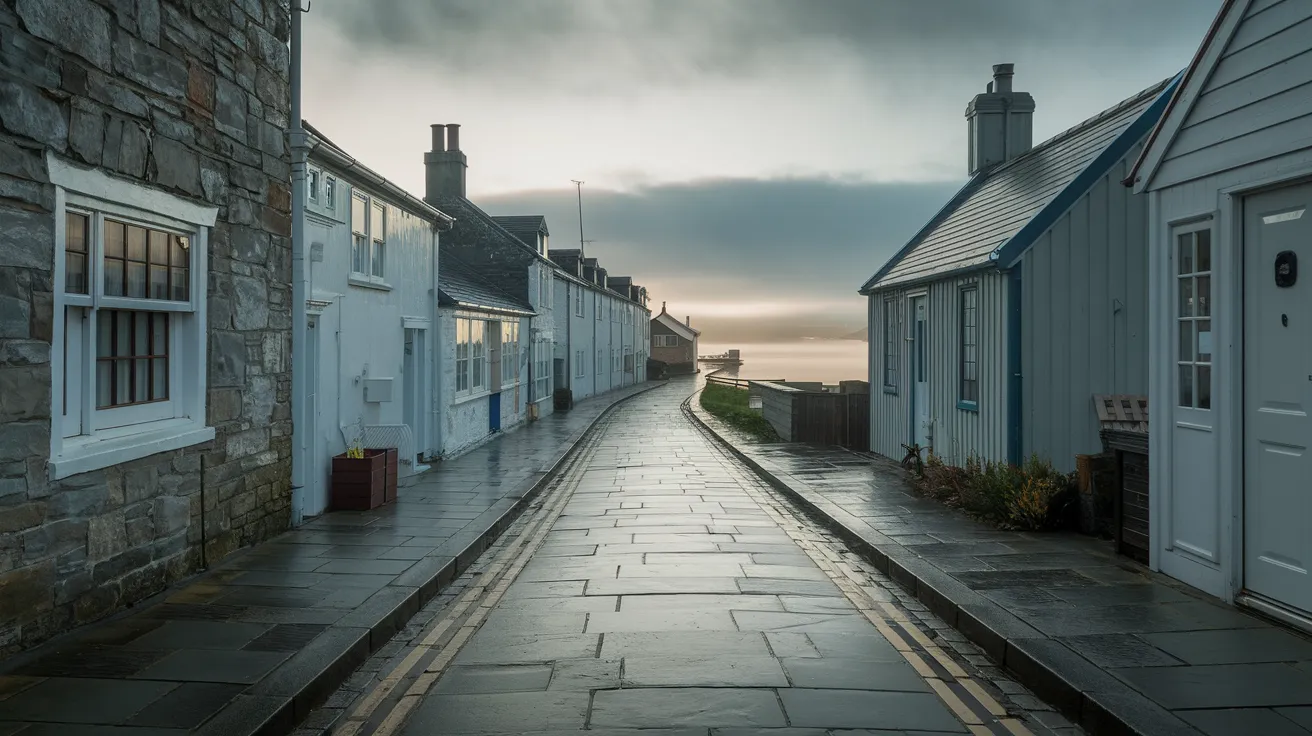
Stromness itself is a central character in Brown's work. Visitors can follow the George Mackay Brown Trail through the town, identifying locations like his childhood home, the pubs where he socialized (like the Flattie Bar), the bustling Pierhead, and the quiet paths leading to Warebeth beach, all vividly rendered in his poetry and prose. His connection to the dramatic landscape of Hoy, particularly the isolated valley of Rackwick Bay, was also profound. He described Rackwick as "Orkney's last enchantment," a place where myth and reality seemed to merge, inspiring some of his most powerful writing.
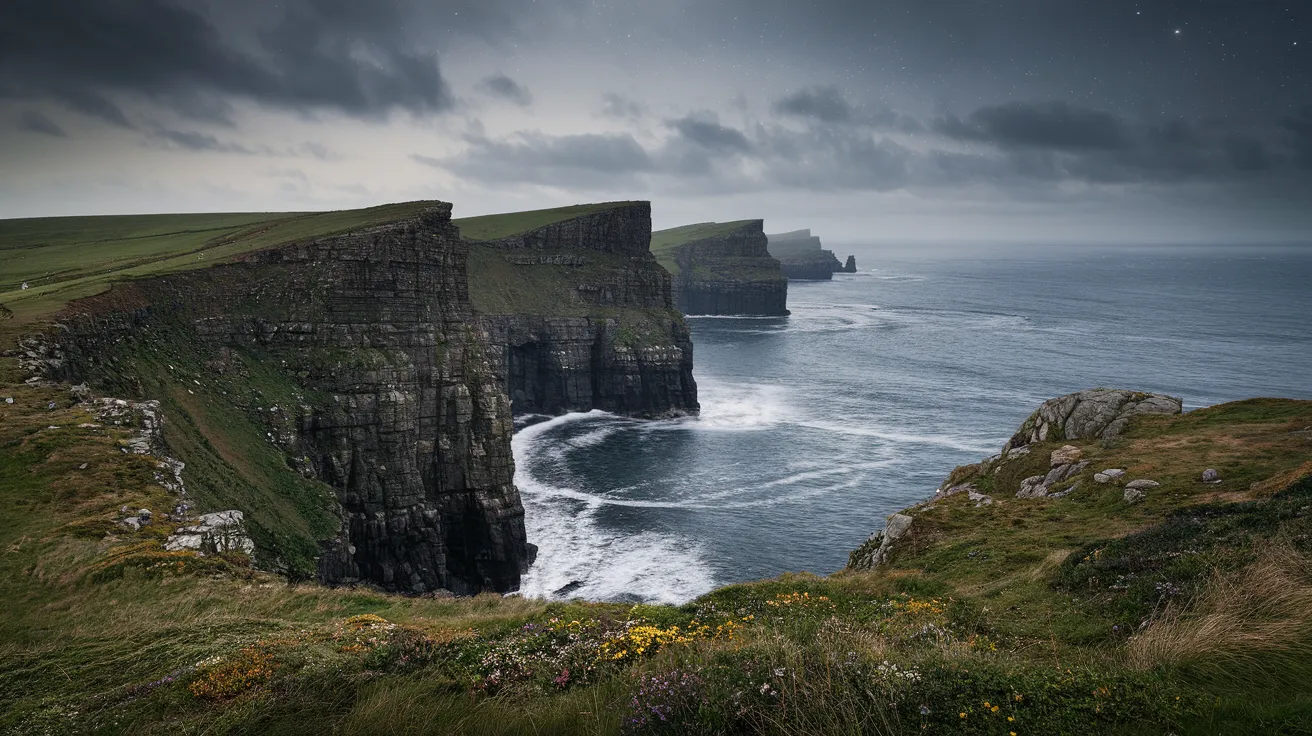
Edwin Muir (1887-1959): Eden, Exile, and Eternity
While GMB found his universe within Orkney, Edwin Muir experienced the islands as a lost Eden, a foundational landscape against which the traumas of modernity were measured. Born in Deerness, his early childhood on the small island of Wyre represented a state of prelapsarian harmony, vividly recalled in his autobiography, The Story and the Fable (1940). This idyllic existence was shattered when his family moved first to Kirkwall and then to the industrial squalor of Glasgow, experiences Muir later interpreted through Jungian archetypes as a fall from grace.
Muir's poetry often grapples with themes of time, eternity, and the search for lost innocence. Orkney, for him, became a symbolic landscape representing a timeless, pre-industrial world. In his famous poem "The Horses," written after WWII, he imagines a post-apocalyptic world where strange, archaic horses reappear, symbolizing a return to primal connection and perhaps echoing the sturdy farm horses of his Orkney youth. His work explores the psychological impact of displacement and the enduring power of childhood memory, heavily influenced by the landscapes and rhythms of his Orcadian upbringing.
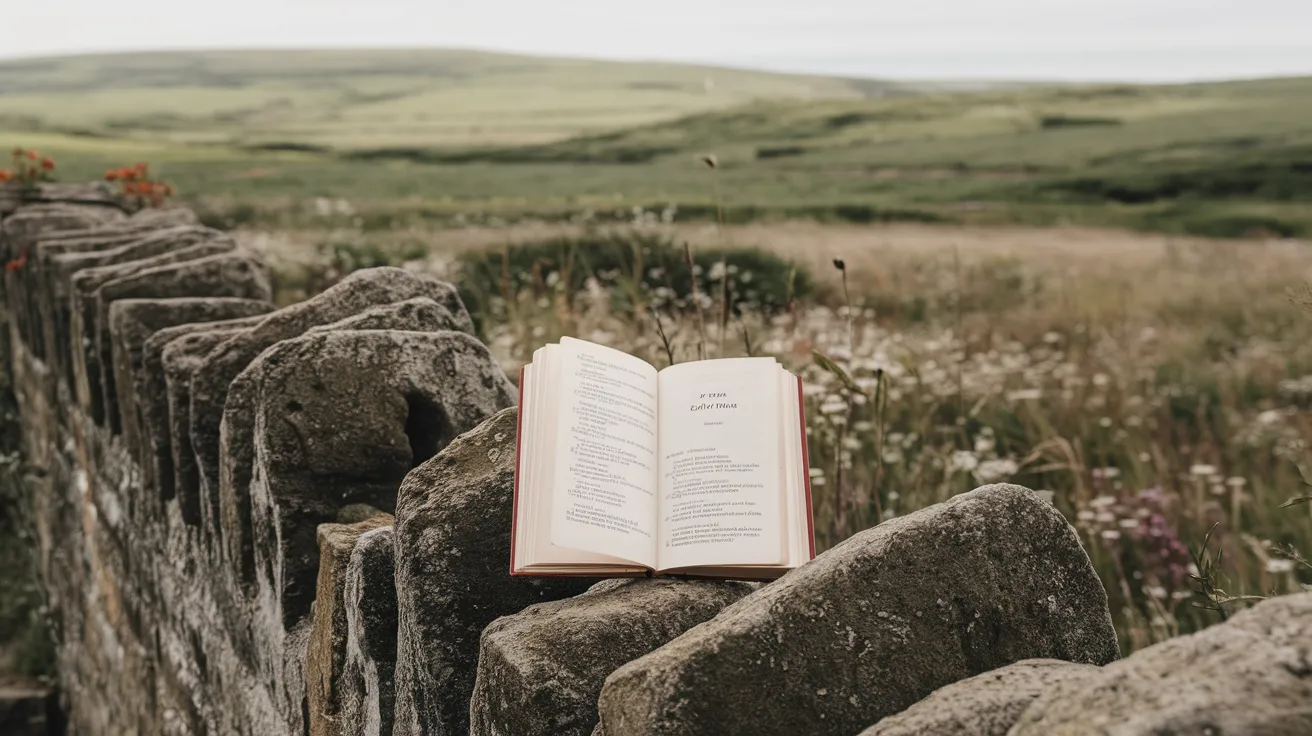
Eric Linklater (1899-1974): Saga, Satire, and Selkies
Though born elsewhere, Eric Linklater had strong Orkney roots and spent significant parts of his life in the islands, particularly at his home in Dounby. A prolific novelist, historian, and broadcaster, Linklater brought a different perspective, often blending adventure, satire, and a deep engagement with Orkney's Norse heritage and folklore.
His novels like White-Maa's Saga (1929) draw on his experiences, while others directly engage with Orkney themes. His short story "Sealskin Trousers" is a classic retelling of the selkie myth, exploring themes of identity, belonging, and the allure of the wild sea, a recurring motif in Orcadian folklore. Linklater's work often contrasts the perceived romance of the islands with the realities of modern life, using Orkney as a backdrop for exploring broader human experiences with wit and historical depth.
Orkney's Enduring Literary Landscape
The influence of Orkney extends beyond these major figures. The poet and naturalist Robert Rendall captured the intricacies of the islands' shoreline and natural history. Even Sir Walter Scott was drawn to Orkney's mystique, setting parts of his novel The Pirate (1821) in the islands, albeit with a romanticized, outsider view. More recently, writers like Amy Liptrot (The Outrun) continue to explore Orkney's unique environment and its impact on personal identity, adding contemporary layers to this rich literary tradition.
The very landscape seems imbued with narrative potential. The ancient standing stones, the dramatic coastline, the Norse sagas echoing in place names – all contribute to a powerful sense of place that fuels creativity. Orkney's folklore, particularly tales of selkies, finfolk, and trows, provides a deep wellspring of inspiration, often explored by local writers and storytellers.
Watch this fascinating exploration of Orkney's Fin Folk mythology and its connection to local literature:
Literary Landmarks and Resources
For those wishing to delve deeper into Orkney's literary world:
- Orkney Library & Archive (Kirkwall): Holds significant collections, including George Mackay Brown's personal library and manuscripts. A vital resource for researchers and enthusiasts. (Visit Website)
- George Mackay Brown Trail (Stromness): A self-guided walk through Stromness highlighting locations significant to GMB's life and work.
- Stromness Books & Prints: An excellent independent bookshop in the heart of GMB's Hamnavoe, often stocking works by local authors.
- Pier Arts Centre (Stromness): While primarily a visual arts venue, its collection and exhibitions often resonate with the themes explored by Orkney writers. (Visit Website)

Frequently Asked Questions
Who is Orkney's most famous writer?
George Mackay Brown is widely considered Orkney's most famous and influential writer, deeply associated with Stromness.
Where can I find George Mackay Brown's books in Orkney?
Stromness Books & Prints is an excellent place to start. The Orkney Library & Archive in Kirkwall holds his collection.
Is there a literary festival in Orkney?
Yes, the Orkney Storytelling Festival celebrates the islands' oral and written traditions. St Magnus International Festival also often includes literary events.
Did Edwin Muir live his whole life in Orkney?
No, Muir spent his early childhood in Orkney (Deerness and Wyre) but moved away as a teenager. However, his Orkney years profoundly shaped his writing.
Are there specific places from the books I can visit?
Yes, you can walk the streets of Stromness described by GMB, visit Rackwick Bay on Hoy, or explore the landscapes of Wyre that influenced Muir.
Orkney's literary heritage offers a unique lens through which to experience the islands. By reading the works of its celebrated authors and visiting the places that inspired them, visitors can gain a deeper appreciation for the enduring connection between landscape, history, and the human imagination. Consider staying in Stromness accommodation to immerse yourself in the heart of 'Hamnavoe' or find a peaceful retreat near Kirkwall to explore the wider literary landscape.

